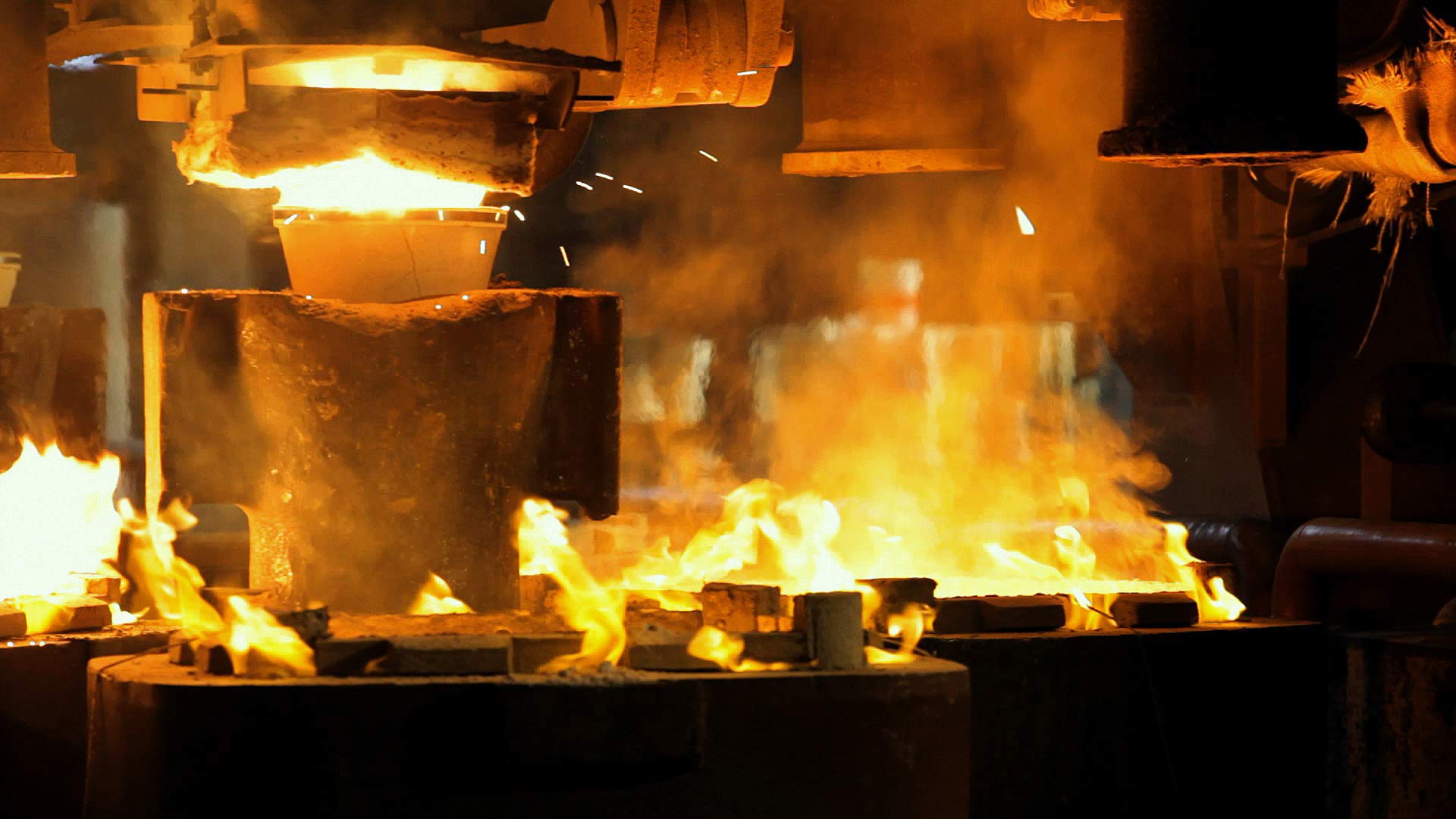Choose the measure unit in which display the data:
Valbruna Grade
FeSi3P
Steel type
Iron Silicon Alloys
Description of material
FeSi3P is a carbon alloy steel with enhanced machinability due to its Sulphur and Phosphorous content. The High resistivity and high magnetic permeability, with low coercive force characteristics of this alloy mean that it is the best choice in making any kind of magnetic device. FeSi3P is normally supplied in mill annealed + cold finished condition. In this case, the level of magnetic permeability and the coercive force, could be not sufficient for optimum magnetic purposes. A soft magnetic annealing in a protective atmosphere should be carried out to obtain the best magnetic properties. See Soft Magnetic Steels brochure for more information about magnetic, mechanical and physical properties.
Applications
Relays, pole pieces, solenoid switches, fuel injectors and any kind of magnetic device where higher values of magnetic properties and a suitable machinability are required.
Melting practices
Argon Oxygen Decarburization
Corrosion resistance
FeSi3P is not a stainless steel and rusts more quickly than Carbon and alloy steel grades if not immediately protected by a coating after machining and/or soft magnetic annealing of finished parts.
Cold working
FeSi3P has very poor cold deformability and is not suitable for upsetting. It should be pointed out that this grade is designed for parts/pieces that have to be machined.
Machinability
FeSi3P is an enhanced machining grade and not a free machining grade. Its Phosphorous and Sulphur contents allow it to overcome the typical machining difficulties of a soft ferritic structure. Productivity gain depends on types of machines, the kind of tools used and their geometry, cutting fluids and the kind of machine operations on the pieces being produced. However, the harder structure of annealing+ cold finishing (as cold drawing) offers advantages in some machine operations and a better surface roughness. Obviously, a vacuum or protective atmosphere annealing of machined parts should be done if an improvement of magnetic properties were required. The Norm ASTM A867 suggests temperatures, soaking times, and cooling rate and furnace atmospheres for the soft magnetic annealing.
Designations
| UNS | TYPE 2F |
|---|

